Underwater Paradise: Best Islands for Snorkeling
Experience the underwater world from these 5 stellar islands.

By:
Valerie Conners
While it's possible to leap into the water, snorkel gear in hand, from any beach or island and take a gander at the sea life below, some islands offer unparalleled experiences. With a little planning and some basic gear -- snorkel tube, goggles and flippers, to be exact -- you'll experience the extraordinary underwater world from these 5 stellar islands.
1. Hanauma Bay, Oahu

Yuki Matsukura, flickr
2. Grand Cayman, Cayman Islands

Jacrews7, flickr
3. Heron Island, Great Barrier Reef, Australia

iStock
4. Santa Catalina, California

Spartan7W, Wikimedia Commons
5. Bonaire, Netherlands Antilles

Roger Wollstadt, flickr
Next Up
3 Must-Do Outdoor Activities in the Great Smoky Mountains
There's nothing like a challenging hike with a rewarding view.
12 Must-Do Activities in Dallas
Big things are always happening in the Big D.
Best Coastal Towns for Surfing
Where to go for the best coastal surfing in the US.
Live-Aboard Scuba Dives
Read on for Travel Channel's picks for the best multiday dive trips.
Bonzai Pipeline, Hawaii
Oahu's North Shore is infamous among the surfing set, so it's no wonder the surfing pros come here to show off their skills.
Extreme Whitewater Rafting
Get an adrenaline rush! Plan an extreme whitewater rafting adventure!
Waikiki, Hawaii
From nightclubs to long boards, Waikiki has something for everyone.
Swimming With Sharks for Non-Divers
Dive into the details about which vacation spots are best suited for non-divers looking for an underwater adventure in and out of a shark cage.
Oyster's Best Scuba Diving Resorts
Check out Travel Channel's top picks for scuba diving resorts.
Nude Beaches: Take It All Off!
These beaches are the perfect places to work on that all-over tan.



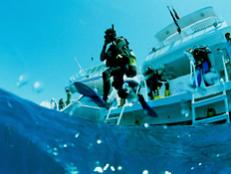
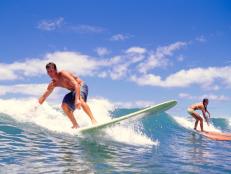
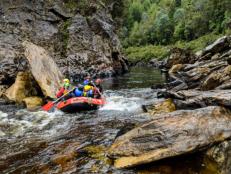
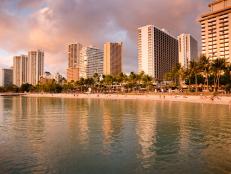
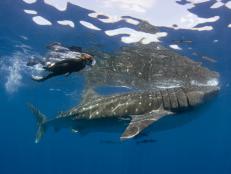
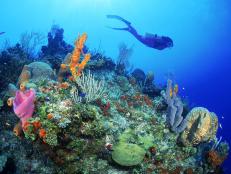


















.jpg.rend.hgtvcom.231.174.suffix/1674758726773.jpeg)










